Some of the exhibits inside the Memorial Museum. There are many war museums in Normandy, but this one stands out with some excellent exhibits.
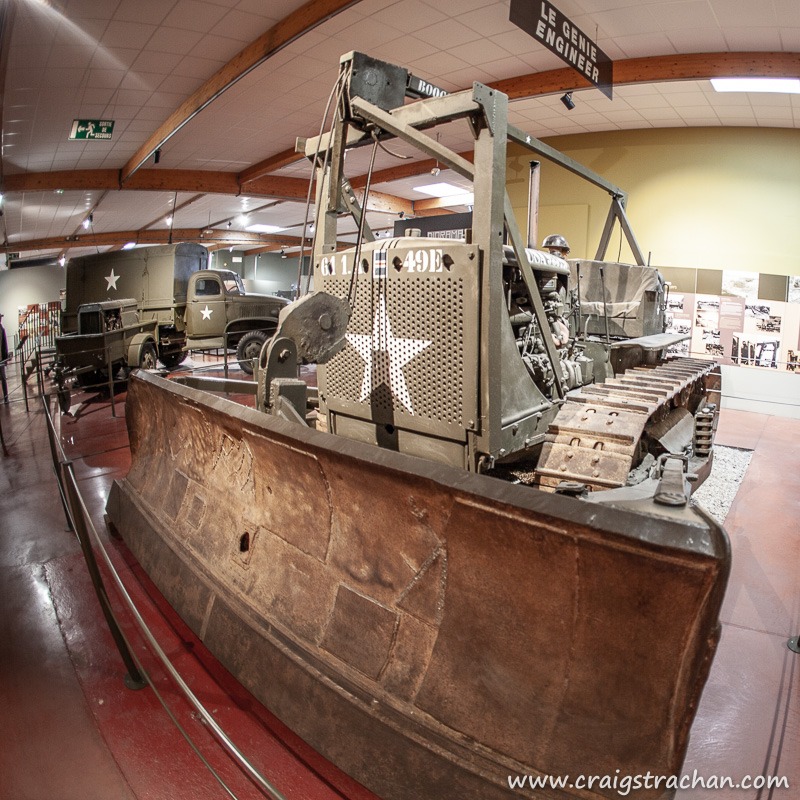
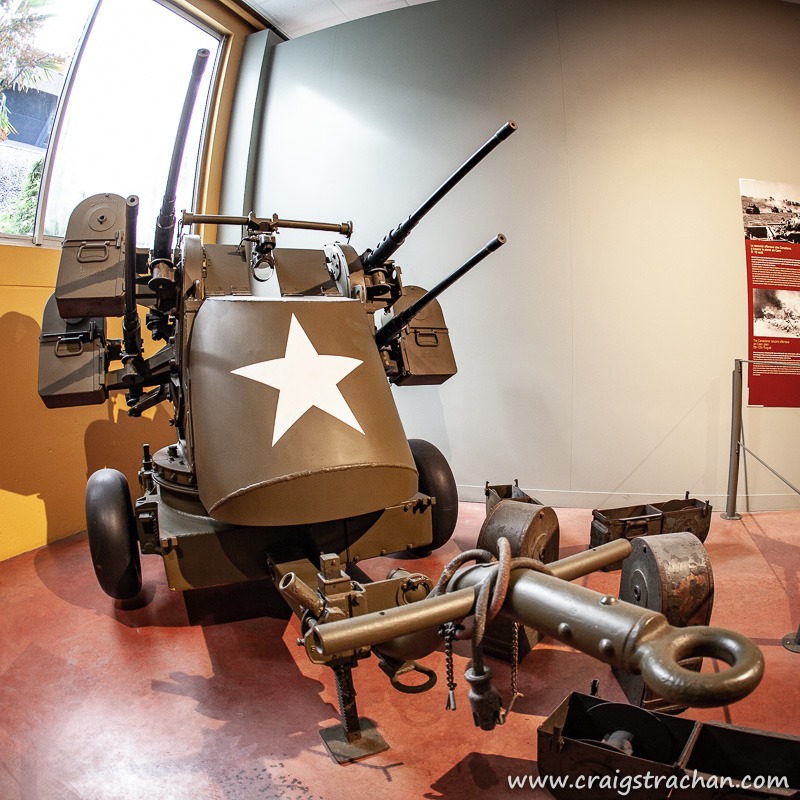
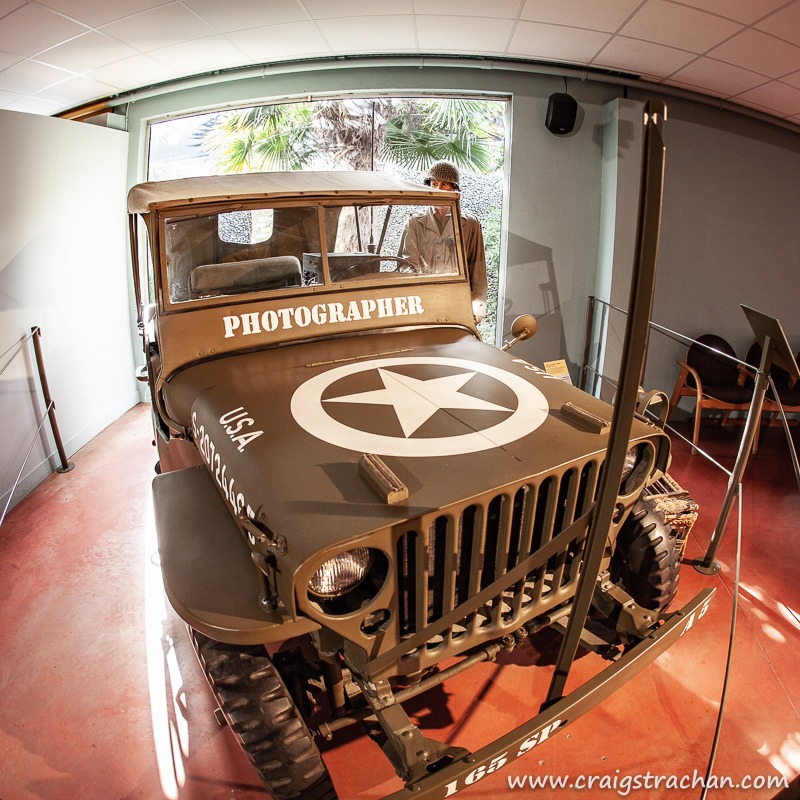
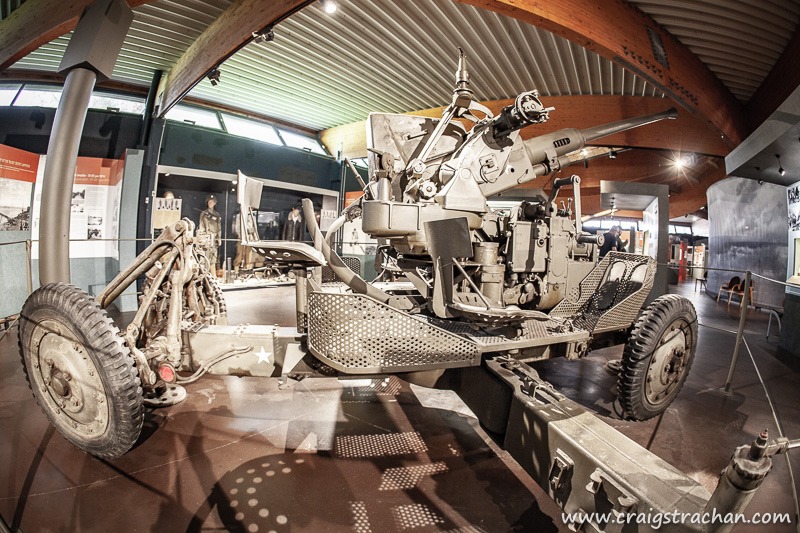

These giant coltrops are still found all over Normandy. They are meant to literally stop tanks in their tracks.

And some anti-aircraft artillery.

These are just a few of the tanks at the Memorial Museum of the Battle of Normandy In Bayeux. I’ll be sharing some photos inside the museum in later posts, but in the meantime here are a few of the tanks on display in the gardens.

Churchill Crocodile flame throwing tank. It was capable of throwing flames to over 100m distance.

Churchill Crocodile flame throwing tank – from the side

M10 tank destroyer, the workhorse tank of the USA army in World War 2.

The very rare Char Grizzly M4A5 Canadian Tank, basically a Canadian Sherman tank. They stopped producing them when they realised the the USA production would be sufficient for the Normandy landings.


You can’t really see too much of the Eiffel Tower, and at night its simply spectacular (and uncrowded).

The Panthéon is an iconic mausoleum in Paris, France. Originally built as a church, it now serves as a secular monument. It houses the remains of famous French citizens, including Voltaire, Rousseau, and Marie Curie. With its neoclassical architecture, the Panthéon is a symbol of France’s rich history and intellectual heritage. And of interest to me, Louis Braille is also interned there (watch this space for a future post).

The entrance

Tall pillars inside the building

Lovely floors and ceiling
When we were in Paris, we did a most fantastic food tour of Bellevue, one of the older suburbs of the city. Our host Isabelle took us all over the area, into little coffee shops, delis, and bakeries where we learned how the food is prepared, and got to try a large selection of local goodies. We finished off in the back of a wine shop, drinking some wonderful wines while eating baguettes and local cheeses. It was a lovely way to spend a few hours in Paris.
Here’s a link to the tour, highly recommended when you are in Paris: https://www.airbnb.co.za/experiences/126782

Local cheese selection

At the wine shop (we didn’t drink it all, of course)

Some of the cured sausage at a deli

A rather large selection of pates

More pates

More cured meats

Making croissants at a bakery. The baker is folding the pastry.
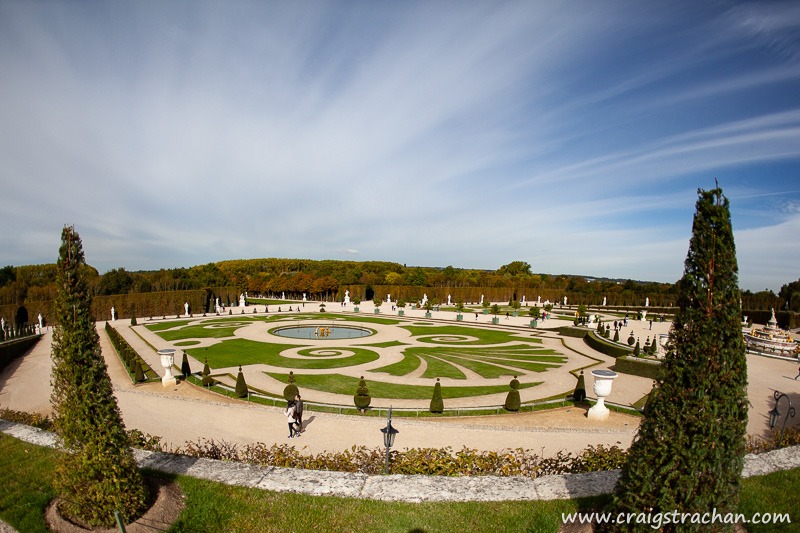

The lovely gardens of Versailles. They are huge, peaceful and just wonderful to walk around (they are also free). They are a much welcome break after visiting the overcrowded and noisy palace
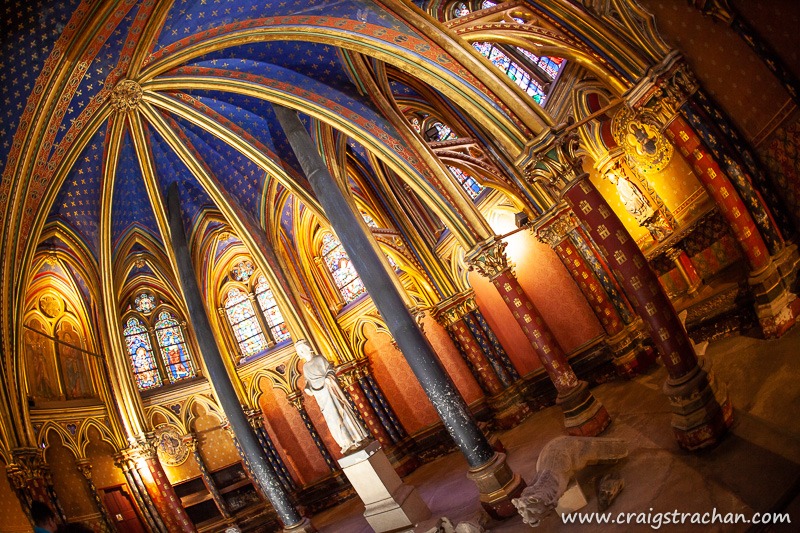
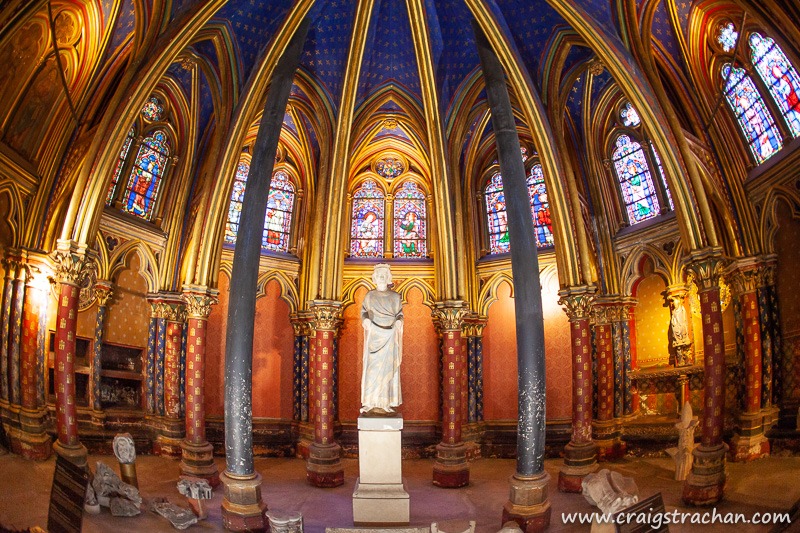
The Sainte-Chapelle is tucked right next door to the Conciergerie on Île de la Cité. It has magnificent stained glass windows, through which the light pours. It was built in the 13th century, and is reputed to have once the Crown of Thorn. The crown (whether it is real or not) was presented to Louis IX in the 12’th century, is now housed just around the corner in Notre Damme (it was saved in the fire).
The Conciergerie in Paris was a medieval palace, a court and then a prison. Of particular interest it is where Marie-Antoinette was both tried and imprisoned during the French Revolution. She was executed, and her former cell is now a chapel.
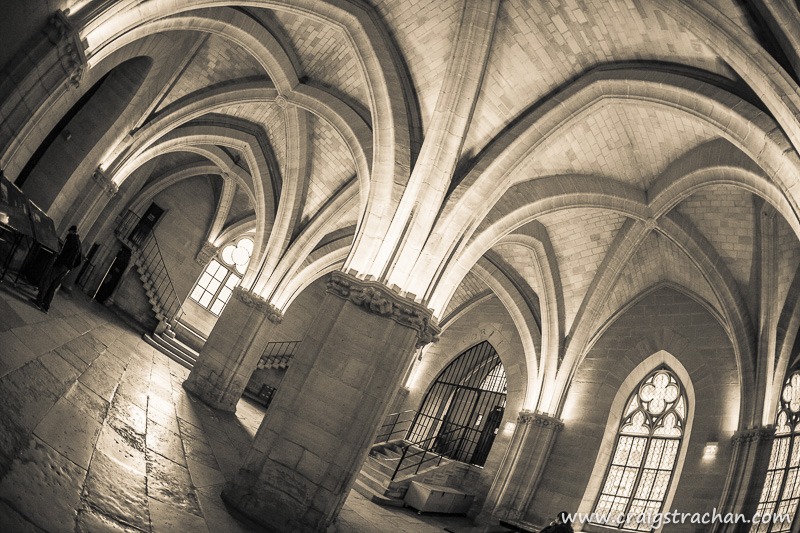
The vaulted halls of the palace
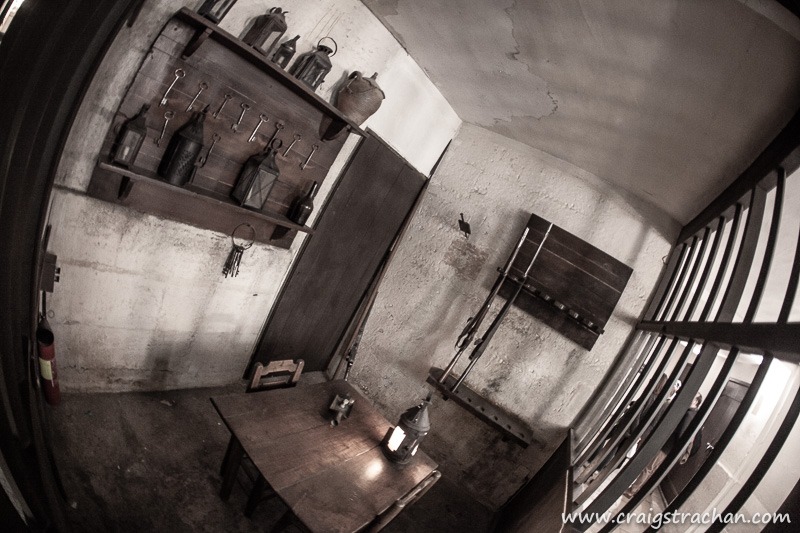
Jailer’s stark cell
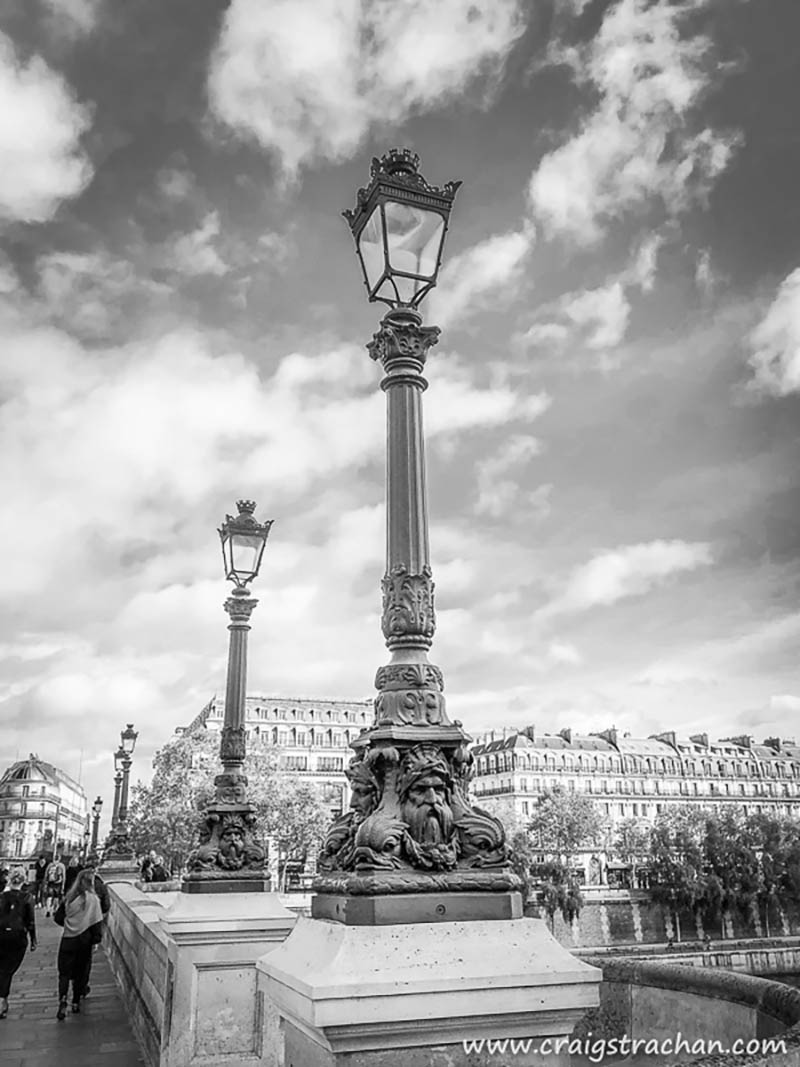
I love this decorative street poles in Paris, This one was crossing the river by Île de la Cité.
Leave a Comment